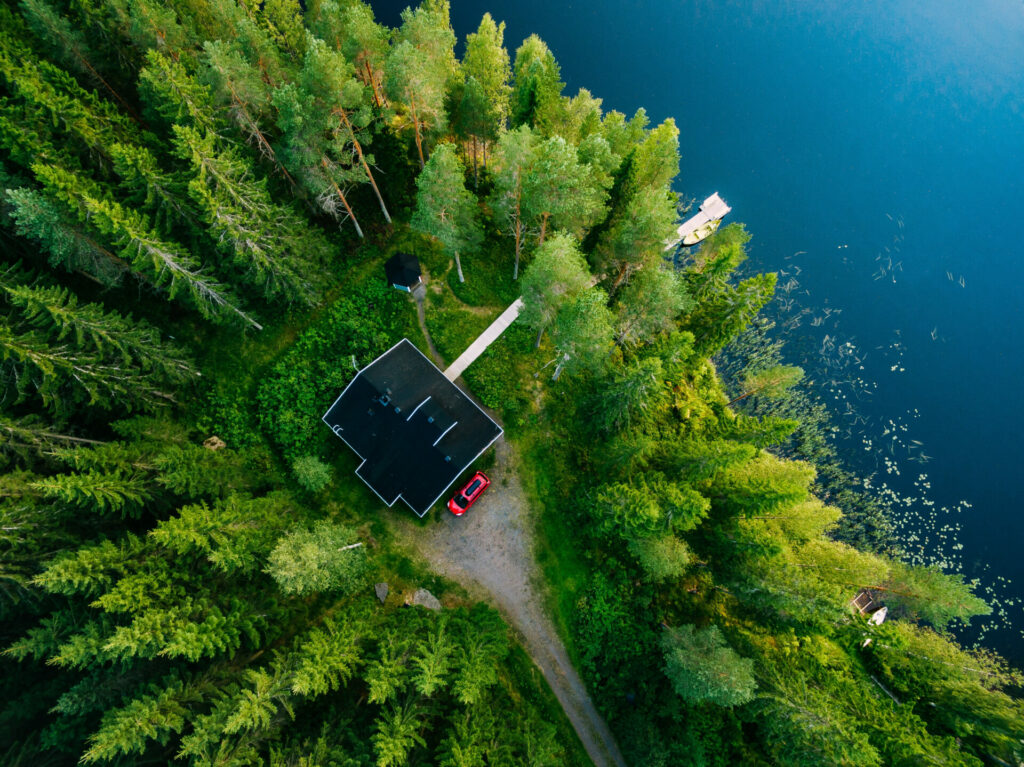The flagship species of extreme arid desert ecosystems, camels live in some of the most hostile conditions and climate on earth. Wild camels have evolved adaptations like fat storing double humps, sand-shielding three-way eyelids and sealable nostrils over millennia, but risk being snuffed out in a matter of years, if action isn’t taken now.
‘The conservation of wild camels itself is quite challenging because its habitat is in the very remote southwest of Mongolia,’ Country Director at ZSL (Zoological Society of London) Mongolia Dr. Tungaa Ulambayar tells The Ethicalist.
Native to the steppes of Central Asia, unlike their domesticated cousins, the thorn-eating elusive wild camel survives only in Mongolia’s high-latitude Gobi Desert and northwest China’s Gashun Gobi and Lake Lob Deserts.
Wild Camels
Living in herds of six to twenty, they’re the only known land mammal able to safely drink water with a higher salinity than the ocean. Wild camels can also survive temperatures that swing between 40°C in the summer and -40°C during the winter.
They’re one of the most resilient and hardiest creatures on the planet but the IUCN red-listed species is predicted to lose 84 per cent of its population by 2033 according to wildlife welfare charity Wildlife Foundation.
Scarcer than the Giant Panda, there are thought to be less than 1,000 individuals worldwide, versus 35 million domestic camels that are dubbed ‘The Ships of the Desert’ for carrying cargo and people across vast distances.
So why exactly should we give a hump? Well, as an umbrella species of the desert ecosystem, wild camels are critical to biodiversity; safeguarding other animals such as snow leopards, Mongolian wild ass and Gobi bears, as well as endangered flora.
Gold, Grazing and Global Warming

‘Grazing pressure, hybridization [with the domestic Bactrian camel] and disease transfer’ all threaten wild camels,’ says Ulambayar, who began working with the critically endangered species in 2018.
These mild-mannered mammals are increasingly finding themselves competing with grazing cattle, goats and sheep for food and water. Ulambayar explains that they’re also susceptible to infectious diseases carried by livestock when their habitat overlaps. ‘That’s why we have to engage with the local [largely nomadic] herder community,’ Ulambayar says, herself a specialist in community-based conservation and social science.
She singles out climate change as being the main menace edging them closer to extinction. ‘Temperature is increasing and precipitation is decreasing. The water sources are declining in Great Gobi,’ Ulambayar explains. The movement of some wild camel herds towards China’s colder Altun Mountain Range – where predatory wolves rove – could well be their survival response to Mongolia’s changing climate.
Wild camels are one of the most resilient and hardiest creatures on the planet but the IUCN red-listed species is predicted to lose 84 per cent of its population by 2033 according to wildlife welfare charity Wildlife Foundation
Mineral-rich Xinjiang’s population of 600 wild camels face a further threat: mining. As well as fragmenting and degrading their habitat, the illegal and legal extraction of iron ore and gold contaminates freshwater rivers with mercury, arsenic and phosphate by-products.
The process also relies heavily on water, leaving less of this precious resource for wild camels. ‘Human infrastructure such as mines, fences and roads are not only threats themselves, but they can also act as barriers to migration,’ Conservation Manager at British-based Knowsley Safari Bridget Johnson tells The Ethicalist. ‘Loss of migration itself is considered a threat to large herbivores [like wild camels].’
Mistaken Identity
Johnson has been travelling regularly to the world’s only captive wild breeding centre for camels since 2018. Located in the buffer zone of the 55,000-square-mile Great Gobi Area of Special Protection, it’s run by the Wild Camel Protection Foundation (WCPF): a U.K-founded environmental charity established by the late English conservationist John Hare.
A painfully slow-breeding species, wild camels’ birth one calf every two years. In the spring of 2023, the breeding centre had another reason to celebrate its 20th birthday – the birth of six calves; the highest number recorded to date. Wild camels are typically released from the Zakhyn Us Centre between April and Septemberfor grazing, and released permanently into the wild on a case-by-case basis.
This year marks the creation of a second breeding centre in Toli Bulag, that’s named after WCPF’s founder. Johnson is hopeful that splitting the 38 captive wild camel population over the two sites will engender a healthy, sustainable conservation breeding programme that will be ‘a crucial part of efforts to save wild camels from extinction.’
A study authored by WCPF’s Conservation Ecologist Anna Jemmett has been pivotal in communicating the importance of not conflating wild camels (Camelus ferus) with their domesticated Bactrian camel cousins, which only serves to mask their extinction risk.
With the help of genetic tests carried out by WCPF, wild camels were confirmed to be a separate species in 2008, originating in Mongolia some 700,000 years ago. Remarkably, there is a two-three per cent difference in the DNA of a wild and domesticated camel, compared to five per cent between humans and our chimpanzee relatives.
Tech To The Rescue

Much like the ‘Great Gobi A Strictly Protected Area,’ the buffer zone isn’t immune to increased desertification. ‘We installed several solar-powered water pumps in the Great Gobi [where fewer than eight inches of water falls annually] to fill that gap of dried out water points,’ Ulambayar explains.
The three-year ongoing project has established seven human-made water points (including two in the buffer zone) and camera traps to monitor their use by wild camels.
In neighbouring China, the critically endangered species is being surveyed with infrared cameras in Xinjiangregion’s Lop Nur and its namesake nature reserve, where wild camels have roamed for thousands of years.
A vast saltwater desert and former Chinese nuclear testing site, despite being nicknamed ‘The Sea of Death,’not-so-lifeless Lop Nur is home to Tibetan wild donkeys, jackals and radiation-resistant wild camels!
Remote sensing scientist and Chinese aerospace expert Liu Shaochuang successfully tracked one individual here with the help of satellite collars that have been fitted to seven wild camels; transmitting their location daily.
It’s hoped that this technology – which Shaochuang first trialled on wild camels in 2012 – will help pinpoint water sources, map their migratory routes to determine new protection zones and more accurately calculate their numbers. ‘Actual population counting is very challenging in Gobi because the wild camel is an extremely shy species, and in that rugged terrain you can’t dart them,’ Ulambayar says.
Fragile Future
Unlocking the many mysteries still surrounding ‘The King of the Gobi’ is key to its future. ‘We know very little about the behaviour of the wild-living wild camels,’ Johnson says. ‘Overall the behaviour of the species is a knowledge gap, and conservation-directed research into behaviour and habitat use will be crucial for conserving this critically endangered species.’
With the United Nations designating 2024 as the ‘International Year of the Camelids’, there’s never been a better time to pay some much-needed attention to their wild, but woefully unsung and unseen migratory ancestors.













